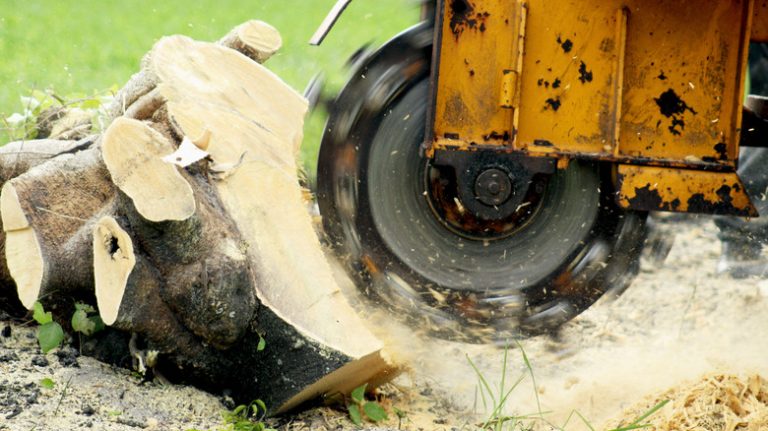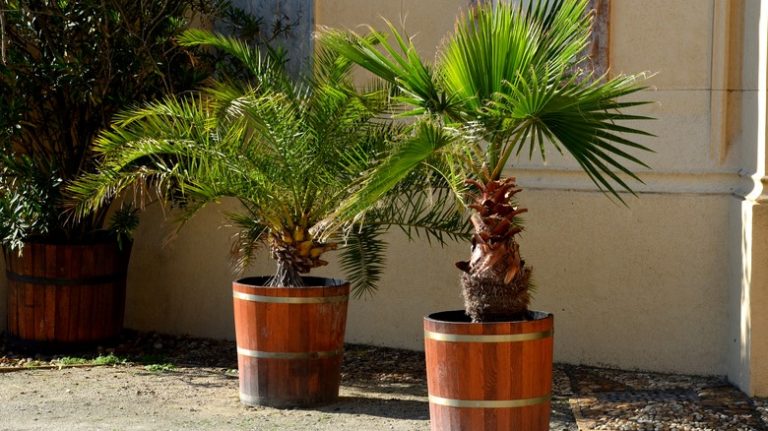Lilacs are beautiful and fragrant flowering shrubs that are popular among gardeners for their charming blooms and low maintenance care. Growing lilac bushes is a rewarding experience that can bring color and scent to any garden or landscape. Whether you have a single lilac bush or a whole row of them, proper care and attention are key to keeping them healthy and thriving.
When it comes to growing lilac bushes, location is important. Lilacs prefer a sunny spot with well-drained soil. They can tolerate a variety of soil conditions, but prefer slightly alkaline soil. If you have heavy clay soil, you may need to amend it with organic matter to improve drainage. Lilacs also require regular watering, especially during dry spells, to keep the soil moist but not waterlogged.
Lilacs are generally disease resistant, but they can be susceptible to a few common problems. One issue that is frequently asked about is powdery mildew, a fungal disease that can affect lilacs in humid climates. To prevent powdery mildew, make sure to water lilacs at the base of the plant and avoid wetting the foliage. Proper spacing between plants can also help improve air circulation and prevent the spread of diseases.
Another aspect of caring for lilac bushes is pruning. Pruning lilacs is usually done in late winter or early spring, before new growth begins. It is important to remove any dead or diseased branches, as well as any branches that are crossing or rubbing against each other. Pruning lilacs not only helps to maintain their shape, but also stimulates the growth of new blooms.
In addition to proper care, lilacs also benefit from regular fertilizing. Apply a balanced fertilizer in early spring, just as the new growth starts to appear. Be sure to follow the instructions on the fertilizer package for the correct dosage and application method. Fertilizing lilacs will promote healthy growth and abundant blooms.
With the right care and attention, lilacs can thrive and bring beauty to your garden for many years to come. Whether you are a beginner gardener or an experienced one, growing and caring for lilac bushes is a rewarding experience that is well worth the effort.
Lilacs – The Ultimate Growing Guide from Proven Winners ®
Established lilacs are a popular choice for many gardeners due to their beautiful blooms and long lifespan. These woody shrubs can grow up to 20 feet tall and do best in well-drained soil. If you’re considering growing lilacs in your garden, here’s a guide to help you get started.
Choosing the Right Location
- Lilacs grow best in full sunlight, so choose a location that receives at least six hours of direct sunlight per day.
- Make sure the soil is well-drained, as lilacs don’t do well in soggy conditions.
- Consider the mature size of the lilac bush when planting to ensure it has enough space to grow.
- Some lilac varieties are more vigorous than others, so be sure to choose a variety that fits well within your garden design.
- Consider the pH level of your soil. Lilacs grow best in neutral to slightly alkaline soils with a pH range of 6.5 to 7.0.
Planting and Care
- Plant your lilacs in the spring or fall, when temperatures are cool and the soil is easier to work with.
- Dig a hole that is two times wider and just as deep as the lilac’s root ball.
- After planting, water the lilac thoroughly and apply a layer of mulch around the base to help conserve moisture.
- Water newly planted lilacs regularly, especially during hot and dry weather.
- Prune your lilac bushes annually to maintain their shape and remove any dead or unwanted growth.
- Fertilize your lilacs in early spring using a slow-release fertilizer specifically formulated for woody shrubs.
- Avoid over-fertilizing, as this can lead to excessive foliage growth and fewer blooms.
- Lilacs are relatively pest-resistant, but occasional pest problems such as aphids or powdery mildew may occur. Monitor your plants regularly and use appropriate pest control methods if needed.
- Remove suckers that grow at the base of the lilac to prevent overcrowding and maintain a healthy plant.
Winter Care
- Lilacs are hardy plants that can withstand cold winters, but they may need some protection in extremely harsh conditions.
- Apply a layer of mulch around the base of the lilac in late fall to insulate the soil and protect the roots from freezing temperatures.
- Wait until spring to remove the mulch.
- Do not prune your lilacs in fall, as this may stimulate new growth that can be damaged by winter freezes.
By following these basics of lilac growing and care, you can enjoy the beauty and fragrance of these classic shrubs in your garden for many years to come!
PLANTING CARING FOR LILACS
If you’re looking for a beautiful flowering companion for your garden, look no further than lilacs. They are known for their fragrant blooms and are a favorite among garden enthusiasts. Lilacs are spring-blooming, vigorous bushes that provide stunning color and a delightful fragrance.
Here are a few tips on how to plant and care for lilacs:
- Choose the right location: Lilacs thrive in full sunlight, so make sure to plant them in a spot that receives at least 6 hours of direct sunlight per day.
- Prepare the soil: Lilacs prefer well-drained soil with a pH level between 6.0 and 7.0. Prior to planting, loosen the soil and add compost or organic matter to improve drainage and fertility.
- Planting: Dig a hole that is twice as wide and deep as the root ball of the lilac bush. Place the bush in the hole, making sure that the crown is level with the ground. Backfill with soil and water thoroughly.
- Watering: Lilacs require regular watering, especially during dry periods. Keep the soil moist but not waterlogged.
- Pruning: Lilacs should be pruned immediately after the spring bloom. Remove dead or damaged wood and cut back one-third of the old stems to encourage new growth.
- Fertilizing: Lilacs do not require excessive fertilizer. In fact, too much nitrogen can result in excessive leaf growth and reduced blooming. Use a balanced fertilizer once a year in the spring.
- Deadheading: Deadheading is the process of removing spent blooms. This helps promote new growth and keeps the plant looking tidy. Deadhead lilacs after they have finished blooming.
- Propagation: Lilacs can be propagated through suckers or cuttings. Suckers are shoots that grow from the base of the main stem and can be separated from the parent plant. Cuttings can be taken from the woody stems of the lilac and rooted in moist soil.
- Pest and disease control: Lilacs are relatively pest and disease-free, but they can occasionally be affected by aphids, powdery mildew, or lilac borers. Regular inspection and proper care can help prevent infestations.
Lilacs are known for their stunning blooms and delightful fragrance and are a popular addition to many gardens. With proper care and attention, your lilacs will provide years of beauty and enjoyment.
If you have any questions about growing and caring for lilacs, refer to a comprehensive guide or consult a gardening expert for advice.
Remember to be patient when growing lilacs, as they may take a few years to become fully established. With the proper care and maintenance, your lilacs will reward you with their stunning spring blooms and vibrant colors.
So go ahead and plant those lilacs–they are sure to bring beauty and joy to your garden!
TRY THESE PROVEN WINNERS ® VARIETIES
If you’re considering adding lilac bushes to your garden, there are many different varieties to choose from. These big, beautiful flowering shrubs can add a burst of color and fragrance to any landscape. Here are some popular lilac varieties that you may want to try:
- Scentara® Double Blue Lilac: This lilac variety features large, double blooms in a vibrant blue color. It has a sweet-smelling fragrance that will fill your garden.
- Bloomerang® Dark Purple Lilac: This unique lilac variety blooms in spring and then again in summer, giving you twice as many blooms to enjoy. It has a compact, dwarf size that makes it perfect for smaller gardens.
- Sensation Lilac: Known for its stunning bi-color flowers, this lilac variety has deep purple blooms with a white edge. It is a larger variety that can grow up to 10 feet tall.
- Miss Kim Lilac: This lilac variety is a favorite among gardeners for its compact size and fragrant flowers. It blooms in late spring and has a beautiful purple color.
- Angel White Lilac: This white lilac variety is known for its pure white flowers and strong fragrance. It is a vigorous grower and can reach up to 8 feet tall.
When choosing a lilac variety, it’s important to consider your gardening zone, as some varieties may be better suited for specific regions. Lilacs generally prefer full sun, well-drained soil, and regular watering. Adding organic amendments to the soil can help improve drainage and fertility. Lilacs are usually hardy and low-maintenance, but they can be susceptible to fungal diseases. To prevent these issues, make sure to plant them in a location with good air circulation, prune any dead or diseased branches, and remove spent blooms through deadheading.
Overall, lilacs are a popular choice for many gardeners due to their beautiful blooms and sweet fragrance. Whether you choose a classic lilac variety or try one of the newer introductions, these flowering shrubs are sure to be an eye-catching addition to your garden.




